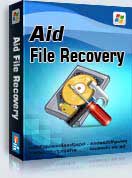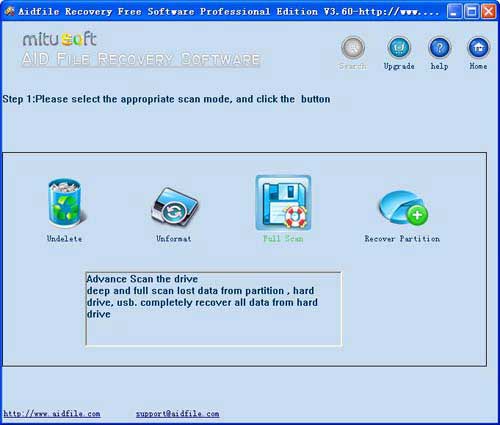Accessing NTFS Drive after Windows 11 & Windows 10 Install repair tool fix to do data recovery, best NTFS Partition recovery software help you recover MS word,excel, pictures, music, video files from Accessing NTFS Drive after Windows 11 & Windows 10 Install
Use "unformat" to recover data from Accessing NTFS Drive after Windows 11 & Windows 10 Install laptop after quick format,full format,accidentally formatted,reformatting,High-level formatting,Low-level formatting.
Use "recover partition" to recover files from Accessing NTFS Drive after Windows 11 & Windows 10 Install laptop partition,lost partition,changed ,damaged partition.And if the size or position of partition is changed by format,It can not recover with "unformat"so you can use "recover partition"mode.
Use "undelete" to recover deleted files from Accessing NTFS Drive after Windows 11 & Windows 10 Install laptop after Virus attack,Recycle bin clear,disk cleanup,Press shift del by mistake,permanently empty recycle bin,shift delete ,accidentally deleted by a mistake.
Use "Full Scan" to recover data from Accessing NTFS Drive after Windows 11 & Windows 10 Install which can not be found with "undelete" and "unformat" and "recover partition",after showing an error,display as raw file system,unformatted,unknown partition,unpartitioned,needs to be formatted,or the file system is not exfat,not fat32,not ntfs.
"Accessing NTFS Drive after Windows 11 & Windows 10 Install",I am running Win 7 and I plan to upgrade to Windows 11 & Windows 10. I currently have two hard disks as one is the system hard disk and the second drive is my data disk (E: Drive). If I upgrade to Windows 11 & Windows 10, will I still be able to read the data on the E: drive? If Windows 11 & Windows 10 can read the data, would it make sense to back up any files on the system hard disk to the E: drive so I could copy the files back to C: drive after Windows 11 & Windows 10 install? All drives are currently NTFS.
Aidfile Recovery Software Keyfeature
support FAT32 EXFAT NTFS and RAW file system
support Win32 (32 bits) and Win64 (64 bits)
Support Windows XP, Windows 8, Windows 8.1,Windows Vista, Windows 2003, 2008, 2012,Windows 11 & Windows 10,Windows 7 .
Desktop & laptops Ultrabook:HP Pavilion,HP Compa,Alienware Alpha,Lenovo ThinkCentre,Lenovo IdeaCentre,Dell Inspiron,Dell XPS,Sony VAIO,Acer Aspire,Asus Transformer,Dell Latitude,Samsung Ativ Book,Asus VivoBook,HP Envy,Lenovo IBM ThinkPad,Lenovo IdeaPad Yoga,Microsoft Surface,Toshiba Satellite
MS Office document (Word, Excel, PowerPoint, Outlook) types (doc, docx, ppt, pptx, xls, xlsx, pst, etc.),photos (JPG, PNG, ICON, TIF, BMP, RAF, CR2, etc.), videos and audios (MPG, MP4, MP3, MTS, M2TS, 3GP, AVI, MOV, RM, RMVB, etc.), compressed files (rar, zip, etc.), PE files (exe, dll, lib, etc.) and so on.

